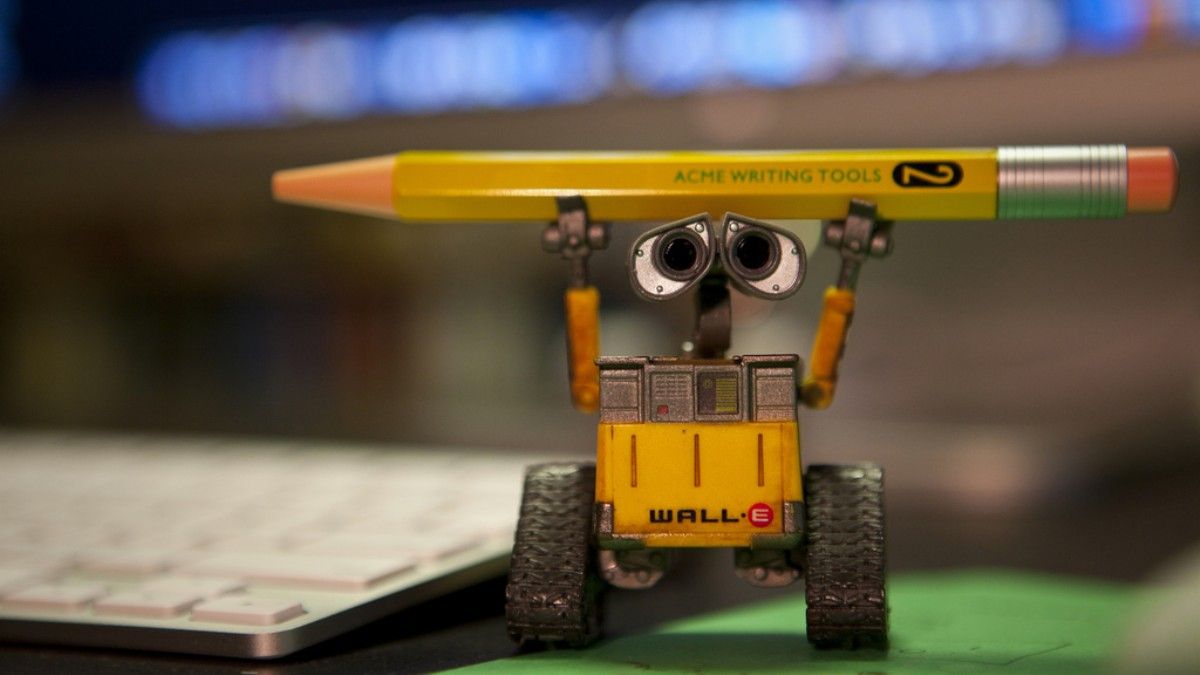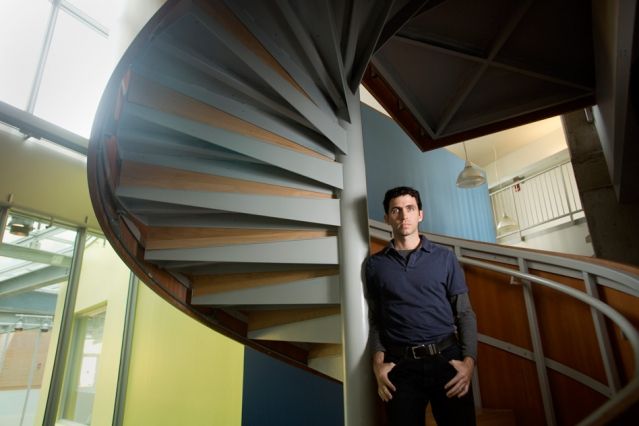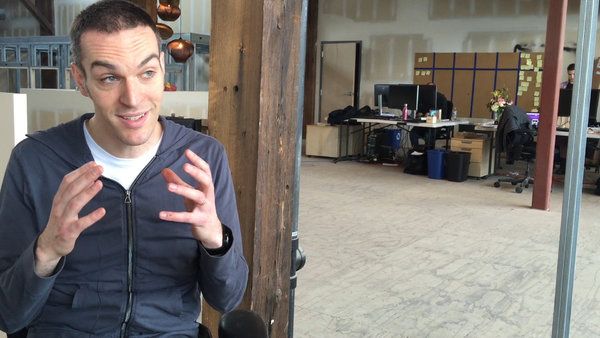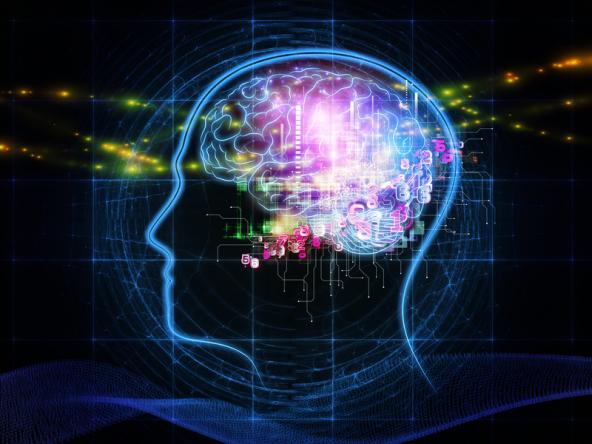Feb 27, 2015
How to Keep a Piece of the Pie After the Robots Take Our Jobs
Posted by Seb in categories: automation, business, economics, robotics/AI
Written by Victoria Turk — Motherboard

In 2013, researchers Carl Frey and Michael Osborne of the Oxford Martin School dropped the bombshell that 47 percent of US jobs were at risk of computerisation. Since then, they’ve made similar predictions for the UK, where they say 35 percent of jobs are at high risk.
So what will our future economy look like?
“My predictions have enormously high variance,” Osborne told me when I asked if he was optimistic. “I can imagine completely plausible, incredibly positive scenarios, but they’re only about as probable as actually quite dystopian futures that I can imagine.”
Read more














